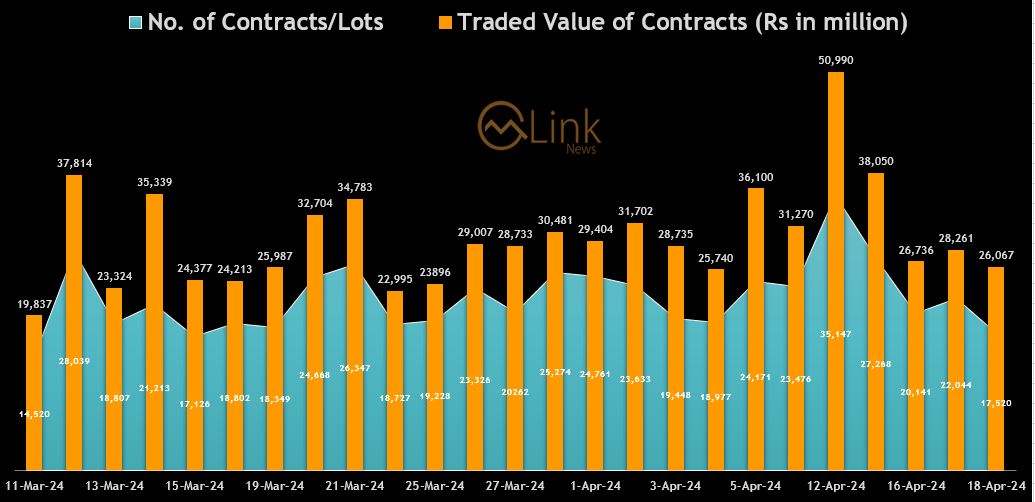 blog
blog
Attracting Talent: Bridging the Gap Between Student Expectations and Workplace Realities in 2023 The World’s Most Attractive Employers 2023 highlights the preferences of students preparing to enter the workforce and focuses on what they seek out in an employer....
Attracting Talent: Bridging the Gap Between Student Expectations and Workplace Realities in 2023
The World’s Most Attractive Employers 2023 highlights the preferences of students preparing to enter the workforce and focuses on what they seek out in an employer. An ever-increasing trend shows that attributes like flexibility and work-life balance are continually a top priority for what students seek in their future employment. However, when comparing their ideal preferences versus what the employers they choose actually offer, the data shows interesting patterns in what trade-offs students are willing to make in order to work for their top employer of choice.
Consider the high ranking of “flexible work” among business students. The data shows that this is consistently ranked as one of the top priorities for a future employer, in an ideal state. But when it comes to selecting the perfect company to work for, “flexible work” drops to 33rd on the priority list for these same students. This comparison highlights an interesting point: students prefer particular career attributes, yet some of these attributes can easily fall in importance when selecting their ideal employers vs their ideal career attributes.
What causes these trade-offs?
One conclusion points to the current pressure and competitiveness of the talent and labour market, highlighting the disconnect between ideal preferences and reality. When students graduate from college and enter the workforce, their demand for security in their employment and access to stable income takes precedence in a real-world scenario, as opposed to flexible work being an ideal scenario. Increased pay or the assurance of a stable career is tempting students to compromise on other essentials like work-life balance and flexibility. This implies that even if students truly appreciate these qualities, they might not always be realistic or useful for their current career prospects and obtaining a job takes priority over obtaining the ‘perfect’ job.
What conclusions can employers draw from this data?
Recognizing this discrepancy and working to minimize it in ways that benefit the company, and its employees is the first step towards finding a solution. The gap between what students want and what they ultimately settle for does not give companies the right to ignore their workers’ expectations.
An interesting example is highlighted in the BCG research that focuses IT workers. It was discovered that while many IT professionals were happy with their pay, many were very unhappy with other aspects of their work environment, such as flexibility and work-life balance. This emphasizes a stark reality: while financial compensation will draw people to a job initially, flexibility and work-life balance are more important factors in determining their long-term happiness and retention, which are critical factors to the strength of your Employer Brand.
Employers need to understand this dynamic, especially if they want to attract, recruit, and retain top talent. Students make trade-offs when they enter the workforce, which emphasises how important it is to provide competitive pay in a setting that supports flexibility and work-life balance.
Three strategies for employers to utilize to minimize the disconnect between ideal preferences, and real-life trade-offs
Fair Compensation Packages: In order to attract, recruit, and retain top talent, employers should make an effort to offer perks and compensation that are competitive. They should understand, though, that having a great benefits package is not the only factor that contributes to a strong Employer Brand with satisfied employees. Offering flexible work arrangements, such as flexible hours, and remote work, can significantly improve an employee’s quality of life at work. Employees may better balance their personal and work life with these solutions. The disconnect between ranking flexible work high in an ideal situation, and low when it comes to choosing an ideal employer shows that the top employers may not be making this a priority for their talent.
Create and Maintain a Positive Work Culture: Employee satisfaction and retention can be greatly impacted in a positive way by fostering an inclusive, happy work environment where they feel appreciated and encouraged. Encouraging workers to balance their personal and professional lives will have a significant impact, and offering scenarios for them to do so will go a long way in them not feeling like they need to give up ideal attributes in order to work for their ideal employer.
Professional Development: Companies must provide their staff members with opportunity for advancement and professional development. This promotes long-term retention while also bettering your existing workforce.
The real-life trade-offs versus the ideal choices of students without a doubt shows the current state of the labour market and the choices one must make to obtain employment. Employers need to understand that young professionals may be prepared to give up certain benefits, like flexible work or hybrid work, in exchange for more pay or job stability. But if these compromises continue, their loyalty and long-term happiness are likely to suffer. Employers can recruit and retain top talent and ensure a happier, more productive staff by addressing this gap and working to bridge it through a combination of competitive salary and a supportive work environment.
Interested in learning more about the trade-offs students make, and more strategies you as an employer can implement?
Download your copy of the World’s Most Attractive Employers 2023!
The post Closing the Gap Between Career Ideals and Reality appeared first on Universum.









